In this article, we discuss what the power band is on a dirt bike and what that means to you.
Aaah the powerband…..
Known to cause ultimate happiness one minute and absolute terror the next (whiskey throttle).
What is Power Band on a Dirt Bike?
The powerband is where the dirt bike makes the peak horsepower. The Power Band refers to the RPM range in which the motorcycle’s engine performs at its best. This is generally when the peak torque meets the rising horsepower. Because power is the combination of tension multiplied by rotational speed.
In simplest of terms, it’s the range of operating speeds in which the engine is able to operate.
- Idle
- Low RPM
- Mid RPM
- Redline RPM
You have low idle RPM which basically means that the motor is running but you are not applying any throttle. There is also redline RPM as well which means you are running the motor as fast as it can go.
So the powerband specifically is the range in RPM around the peak horsepower output.
The powerband is where the dirt bike makes the peak horsepower.
Is redline going to give you the peak horsepower?
Usually, redline is not the peak horsepower in fact it’s typically not the peak horsepower but it’s sometimes close.
Dirt Bike Powerband!
The Power Band on a motorbike is sometimes misunderstood as a physical component within the engine, which is not the case. The Power Band refers to the RPM range in which the motorcycle’s engine performs at its best.
This is generally when the peak torque meets the rising horsepower. Because power is the combination of tension multiplied by rotational speed (force x speed), it is generated at the upper speed range, where both torque and RPM are high.
In specific bikes, power bands can exceed 14,000 RPM due to lightweight connecting rods & pistons with shorter motions to decrease inertia & stress on the parts.
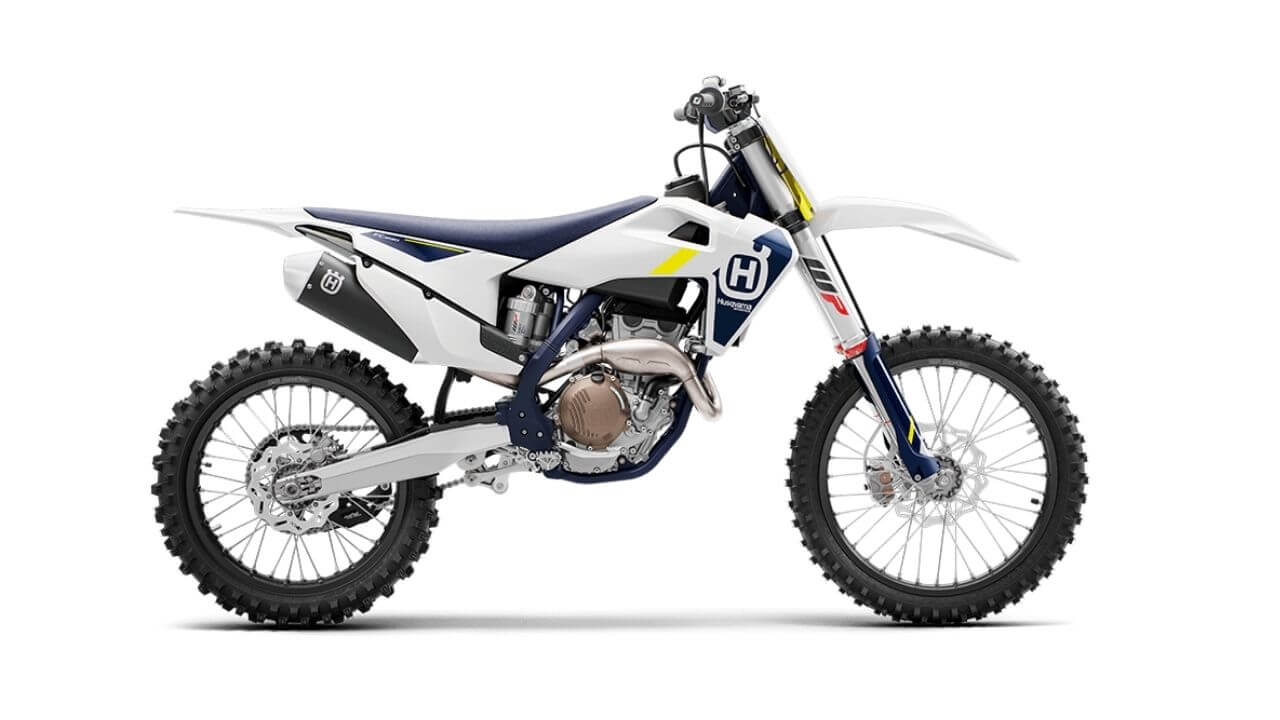

Is There A Power Band On Four-Stroke Bikes?
Although all vehicles have a power band, some are more visible to the operator than others. Four-stroke bikes have a wider range of power (and hence RPM) and appear to have more power throughout most of the gear until higher RPM (redline) when it plateaus. The powerband for two-strokes has a smaller RPM range.
Four-strokes of old used to have more power in the low end, almost all of the mid-range, and then begin to lose power as they approach the top end.
The high mid-range & top end are where two strokes produce the maximum power. Some older two-strokes only have a 300 RPM range, and others have a 3000 RPM range. Modern 2 strokes range between 1500 RPM and 9000 Redline thanks to modern power valves.
Modern 4 strokes and Modern 2 strokes Powerband RPM Range (average)
- 4 Strokes – 2000 – 13700
- 2 Strokes – 1500 – 9000
Is It Better For Me To Stay In The Power Band?
Yes, when racing a motorbike, it is important to keep your RPMs inside the power band to achieve maximum performance from the bike in all gears.
Pro riders have perfected this and spend the majority of their time at the range.
Because the range varies from bike to bike, it’s critical that you learn to know yours and understand where the powerband for each gear is located.
Great riders will manipulate the clutch to increase the RPM without providing power to the wheels during a turn. They may then let off of the grip and deliver a massive burst of power to the back tire, pushing them around the turn.
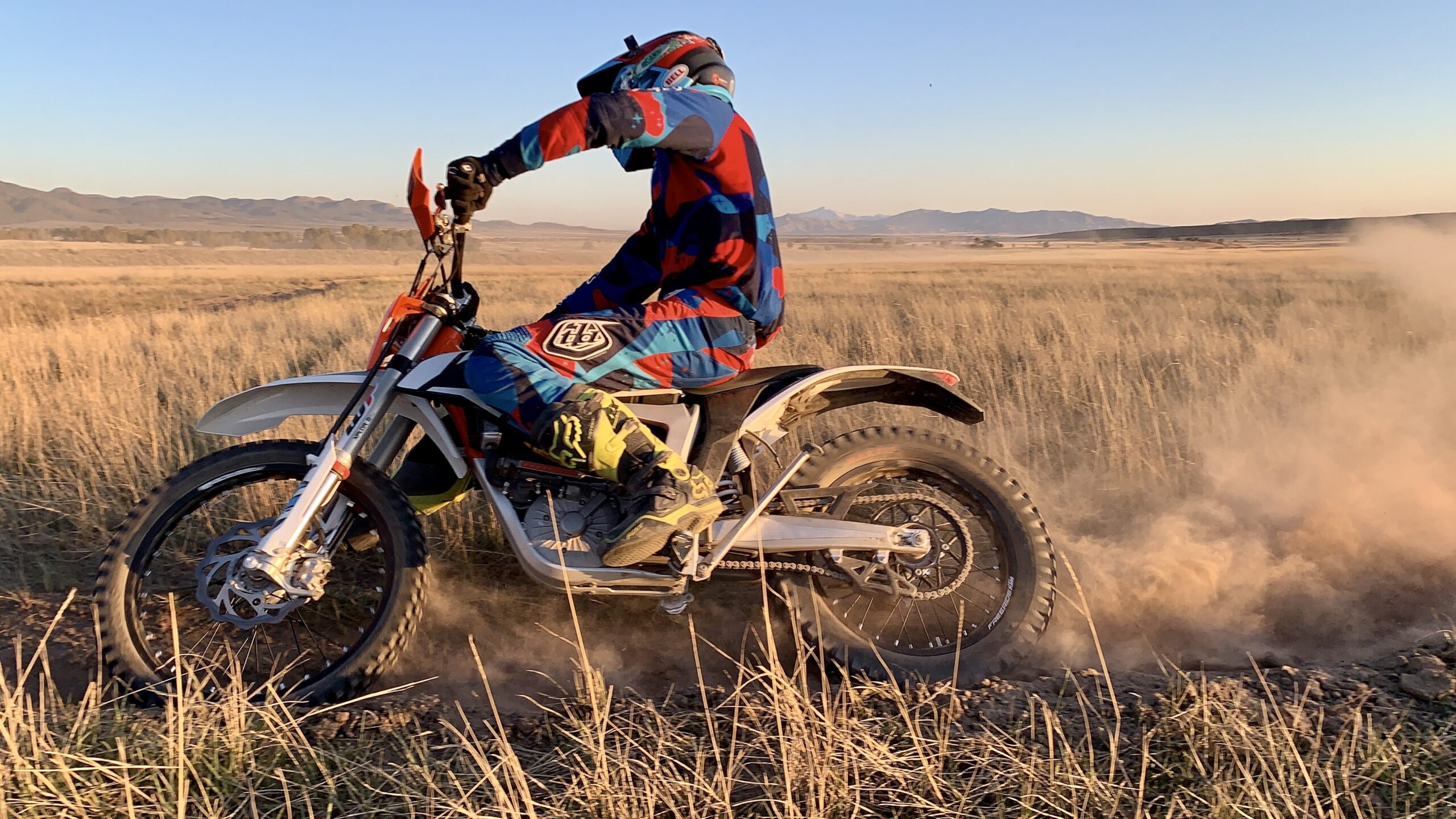
A deeper look at the Dirt Bike Power Band
2-stroke engines used to have relatively narrow power bands. A 2-stroke powerband engine is expected to generate no more power than at low-to-mid RPMs. There were just a few power ranges: some 2-stroke engines produced maximum energy at low RPMs, while others produced full power at the highest RPMs. In most 2-stroke bikes, there was practically no balance to be found.
The engine’s speed is designed to regulate the range of the power bands since the introduction of the powerband for 2-stoke machines, primarily mechanical and electrical. Let’s dig deeper on how this works.
In regulating the location of the power band, the power valve plays a critical function. The exhaust port is controlled by the power valve, which governs the size of the exhaust pipe. This has a direct influence on the power band’s location. If the exhaust outlet is smaller, the amount of area available for airflow is reduced. If this were to happen, the engine’s power potential would be reduced. When the outlet is more open, more opportunities for air to flow, which provides the engine greater power.
Having powered valves on your bike has many benefits. As previously said, it can allow your bike to create far more power than typical across a wide RPM range. These valves are also changeable, allowing you to modify them as per RPM range you’ve chosen manually.
It’s also worth noting that engines may be adjusted for the low-to-mid-range. Such machines will have the most power at the bottom, a hefty mid-range, and little power at the top. This type of power is preferred by supercross riders because it is simple to maneuver, makes you feel in control as a rider, and is also safer. If you want to tune your bike, you may choose from one of these ranges. There are just a few riders who have gone to extremes with their motorcycles. On outdoor circuits, professional motorcyclists nearly always employ motors with high RPM power.
These machines are rapid, and operating them to their maximum capacity necessitates highly-trained specialists. On the other hand, Enduro riders are used to riding in slick, tricky conditions and use bikes that are geared towards the lower end. Low-end bikes are used only by trail bikers.
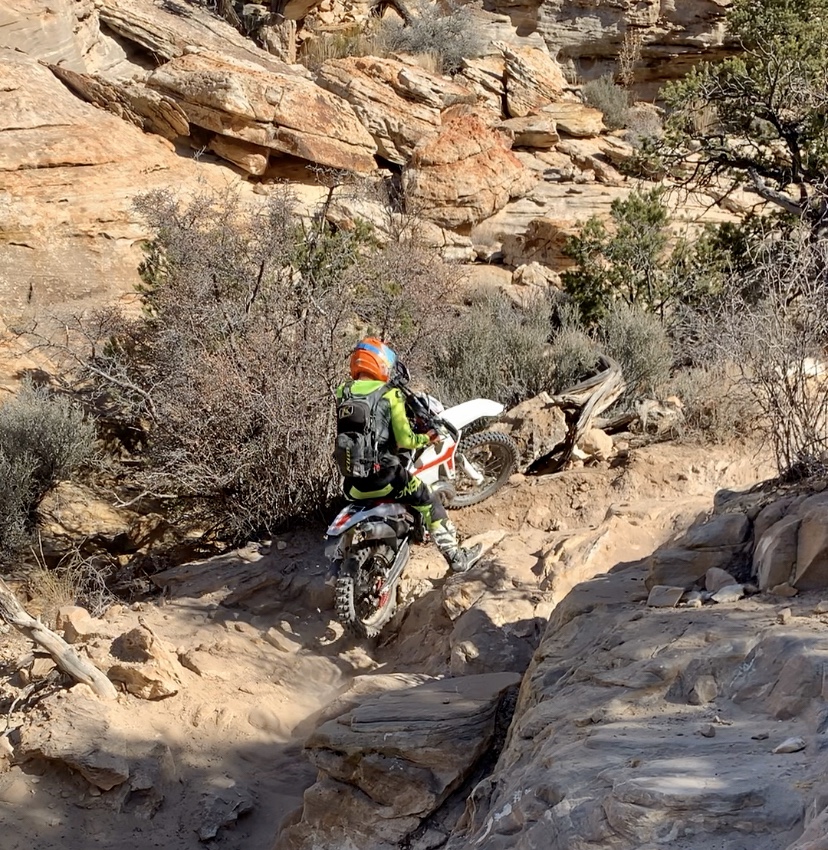
How to Maximize Your Power Band
The easiest way to maximize the performance of your dirt bike and its powerband is to set it to the proper REV range. At this moment, you’ll be in your power band. Imagine the following scenario: if your bike has a high RPM but produces no power until 8000 RPM, you’ll want to shift down to third gear and afterward accelerate. You’ll be in your power band at that point.
Identifying Your Ability Level
Low- and mid-power bands should be enough for a beginning rider. Top-end powerbands, on the other hand, may benefit seasoned and professional riders. It will be more challenging for you to operate with a top-end powerband if you are used to riding on terrain with less traction and more difficult terrain to traverse. Low-end power will assist you to maintain the bike in better control and, as a result, ride quicker in this scenario.
Terrain Obstacles
Terrain barriers are essential to consider, and it’s a good idea to examine several elements on the course, such as soil composition, elevation variations, and the regularity of jumps you’ll experience. Low to mid-range powerbands will perform exceptionally well on mud and sand in this type of terrain. Lower-end powerbands will be preferred if the track is small and tight since top-end power bands might be tough to manage through bends.
Engine Maintenance
This is, after all, a no-brainer. When opposed to powerbands intended for high RPM, lower and mid-range powerbands require less maintenance. To bring up the engine to the REV range, in which the power band is most efficient, high RPM engines generally need greater clutch use. Long-term, an engine that must maintain high RPM will be less robust and require frequent replacement parts, including piston rings, gear plates, and reeds.
Final Thoughts of Dirt Bike Power Band
You must know when and how to get the most out of your dirt bike to get the most out of it. Knowing what a powerband on a dirt bike is will contact you one step closer to your goal. Estimate your abilities and preferences for terrain; this will hook you up for low and high-end tuning, and you’ll be able to locate your optimal power band.
FAQ About Power Band on a Dirt Bike
What does a power band do?
The power band refers to a range of engine speeds (RPMs) at which a motorcycle or dirt bike's engine produces its maximum performance.
Why do 2 strokes have a powerband?
Two-stroke engines have a pronounced power band because of their engine cycle and design, which allows them to fire once every revolution, giving them a high power-to-weight ratio.
Does every bike have a power band?
Yes, every bike has a power band, but its characteristics vary widely between engine types and configurations. The power band is not a physical component but a term that describes the RPM range within which the engine produces its most effective power output.
Is a 250 2 stroke faster than a 250 4-stroke?
Typically, a 250cc two-stroke is faster than a 250cc four-stroke in terms of outright acceleration and top speed.
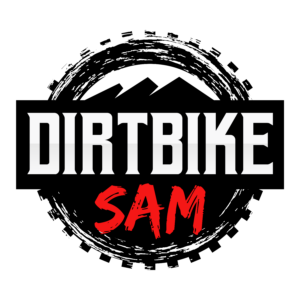
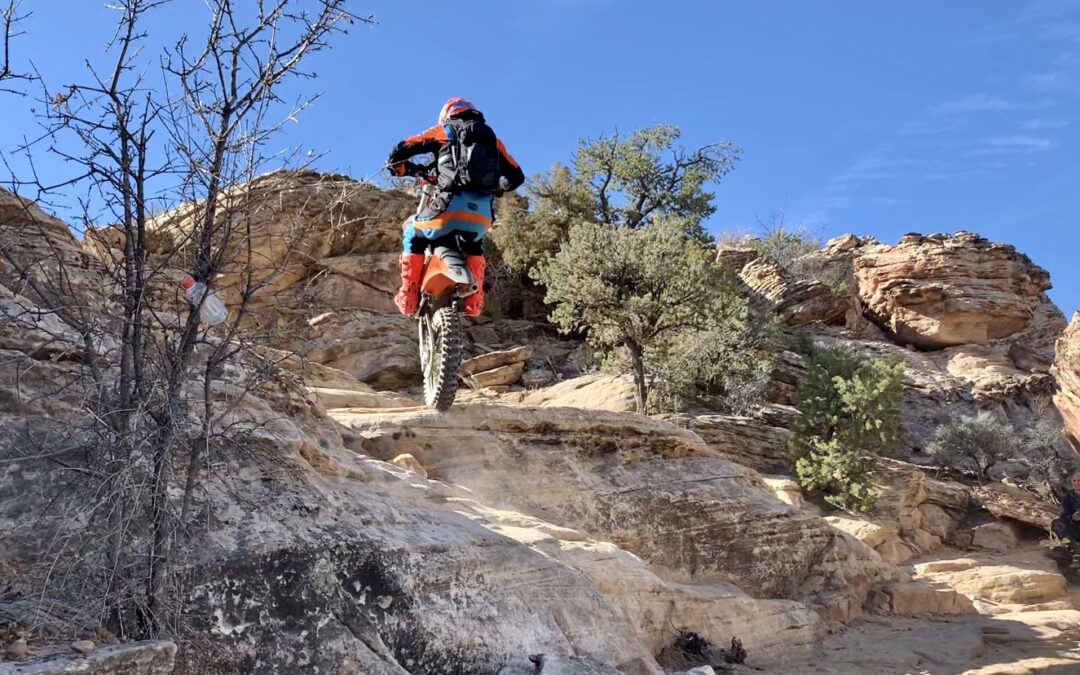

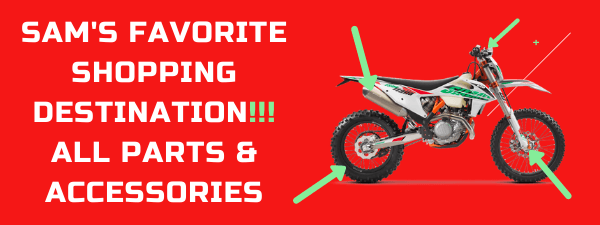
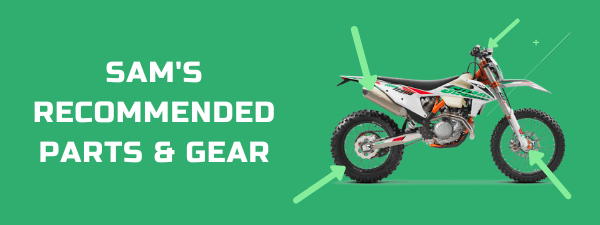


Good information for new riders trying to understand the “power valve or band”. Thanks